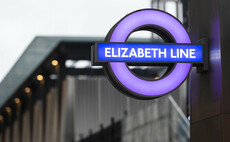Airline's impending move poses a massive IT challenge, writes Dave Friedlos
The move to Heathrow Terminal 5 will be chief among British Airways’ (BA) IT priorities in the coming year, according to chief executive Willie Walsh. Speaking at the airline’s sixth annual IT ...
To continue reading this article...
Join Computing
- Unlimited access to real-time news, analysis and opinion from the technology industry
- Receive important and breaking news in our daily newsletter
- Be the first to hear about our events and awards programmes
- Join live member only interviews with IT leaders at the ‘IT Lounge’; your chance to ask your burning tech questions and have them answered
- Access to the Computing Delta hub providing market intelligence and research
- Receive our members-only newsletter with exclusive opinion pieces from senior IT Leaders



















